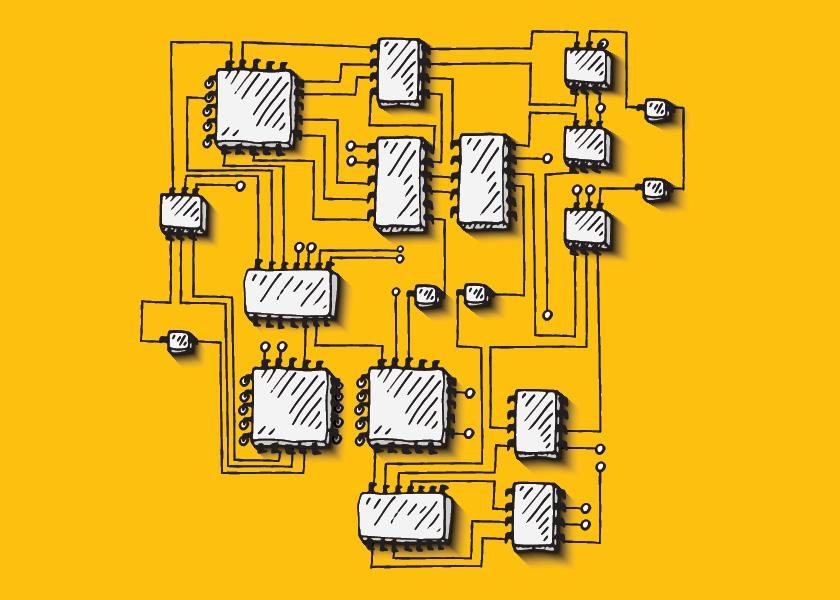Semiconductor Shortage Casts A Long Shadow

Agriculture is just another one of the high-profile industries to be seriously affected by a global supply chain shortage of semiconductor chips. Who knew that a shortage of baked sand could bring entire economic sectors to their knees? The crisis is real, and of course, the global COVID-19 pandemic gets the bulk of the blame. It really was a perfect storm of events, and the subsequent reactions put us where we are today. Many experts think the shortage may not resolve itself until sometime in 2023. Fingers crossed.
Because of this unfortunate turn of events, there is a very real chance that opportunities to upgrade technologies on farms across the U.S. will be delayed or missed altogether. This is a tough pill to swallow, especially considering all the stars starting to line up for big changes:
- You have the highest average corn and soybean prices since the 2013 crop.
- Despite some weather concerns, 2021 crop production estimates are holding against historical trend lines.
- Demand for “smart” technology on the farm was seriously taking root with the Internet of Things (IoT).
- The need to collect better and more complete data about farm activities was finding a new economic purpose with emerging sustainability markets, carbon credits and water quality initiatives.
CLOUDY CRYSTAL BALL
All of this added up to an environment primed for growth in technological adoption. But for the moment, all of that has been put on hold.
Farmers are much more likely to invest when they have money to spend. Around 2013, a lot of variable-rate planters, auto-swath sprayers and technology-laden combines moved from factories to farms and ag retail locations. Even after-market precision providers such as Ag Leader, Precision Planting and Trimble were rocking it.
But a gap of eight years is a long time when you’re talking about the turnover in technology. One could say it has a shelf life just slightly longer than your favorite bottled beer in the refrigerator. Realistically, most precision technologies deployed in agriculture have five- to seven-year depreciable lifespans. Missing the window of opportunity to upgrade or add to technology now may very well have decades worth of repercussions.
It might not take long for those repercussions to start showing up. The automotive industry could be the canary in the coal mine of what may be in store for agriculture. For the month of August, Ford Motor Company reported a 33% decline in overall sales compared with a year earlier. If misery loves company, then Ford is not alone as all major automotive manufacturers are suffering. Most likely, the same thing applies if you go by your local mainline agricultural machinery dealer. New inventory is not there, and order lead times for new equipment are mind-blowingly long. Independent precision hardware dealers will likely have an even tougher road. Entire sales for spring 2022 are being scuttled because of this problem. It is important these dealers and the producers who support them find creative ways to weather this storm together. It would be extremely detrimental to the industry to lose these valuable cogs in the precision technology wheel.
This could also put a wet blanket on innovation and startup opportunities if companies cannot develop and deploy new technologies quickly.
And at the end of the day, the one thing that is most at risk is the promise of the “digital acre.” For the foreseeable future, it looks like that dream is going to have to be patched together with digital duct tape and baling wire. But, we’d better start today working on solutions that do not put our vital industries at risk of something that nobody even considered to be an issue—until now. That’s the much larger discussion that needs to take place at all levels of agriculture and politics—right now!







